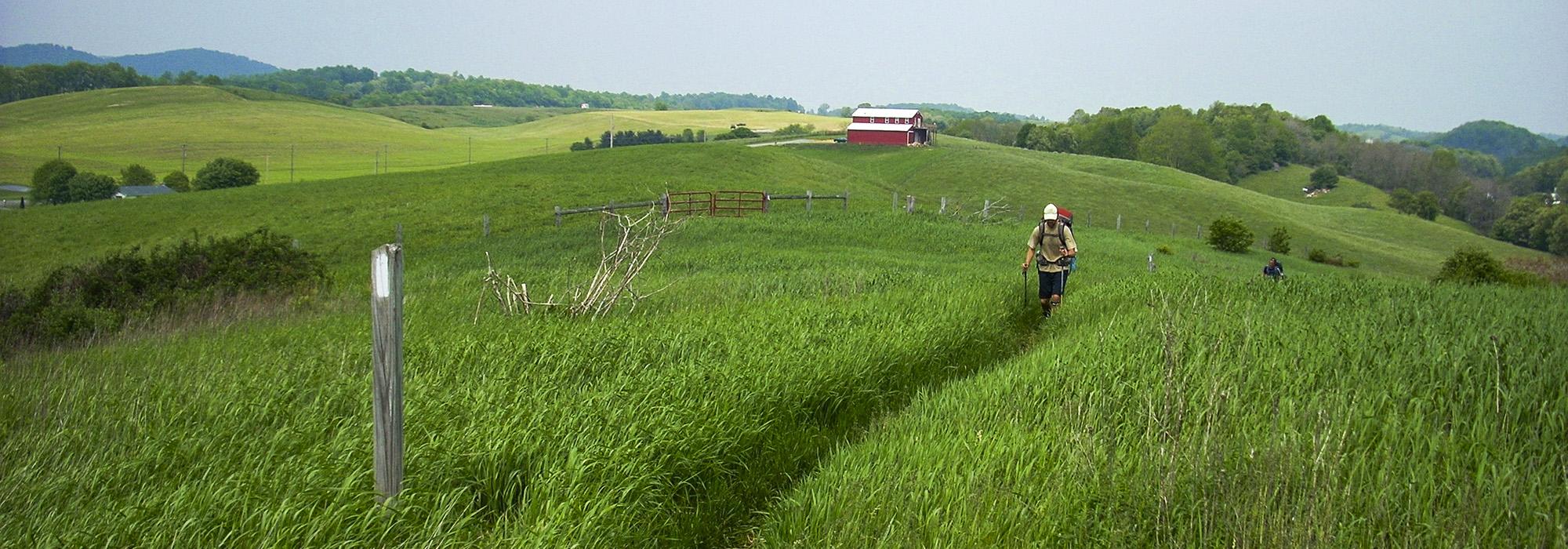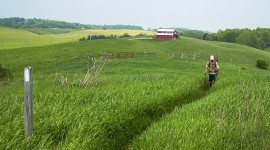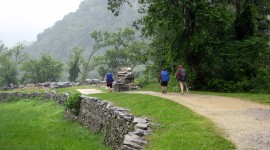Supreme Court to Allow Pipeline Construction Under the Appalachian Trail
On June 15, 2020, in a 7-2 ruling, the U.S. Supreme Court held in United States Forest Service v. Cowpasture River Preservation Association that the National Park Service protections for the Appalachian Trail do not cover the land under the trail, and therefore, construction on the Atlantic Coast Pipeline (ACP) may proceed, pending granting of all the necessary permits. Justices Sotomayor and Kagan signed onto the dissent.
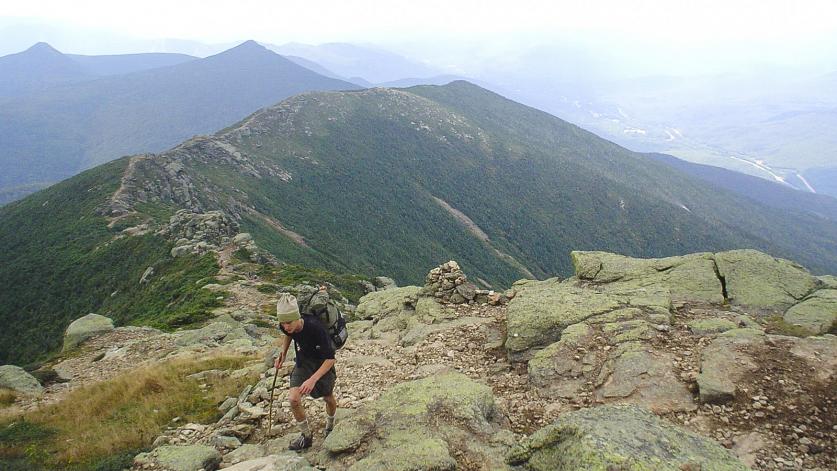
The Court’s decision stated: “Because the Department of the Interior’s decision to assign responsibility over the Appalachian Trail to the National Park Service did not transform the land over which the Trail passes into land within the National Park System, the Forest Service had the authority to issue the special use permit.”
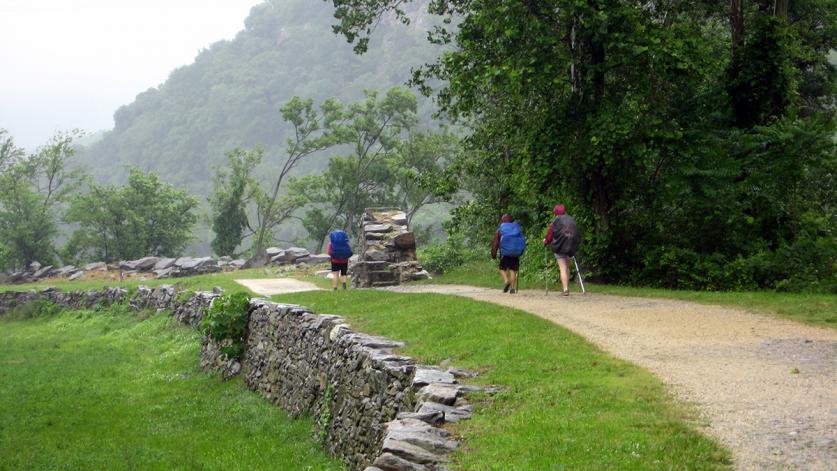
The brainchild of conservationist and planner Benton MacKaye, the Appalachian Trail was created by private citizens almost a century ago and is the world’s longest footpath dedicated solely to hiking. It stretches nearly 2,200 miles from Maine to Georgia and traverses fourteen states, allowing more than three million visitors each year to experience the scenic beauty, natural wilderness, and cultural landscapes of America’s Appalachian Mountains.
In January 2018 the U.S. Forest Service issued a permit authorizing Dominion Energy’s Atlantic Coast Pipeline to cross beneath the trail. A federal court’s ruling reversed that decision, but the Supreme Court has just held that the permit can go through, allowing a natural-gas pipeline to cross the trail on national forest lands for the first time in history.
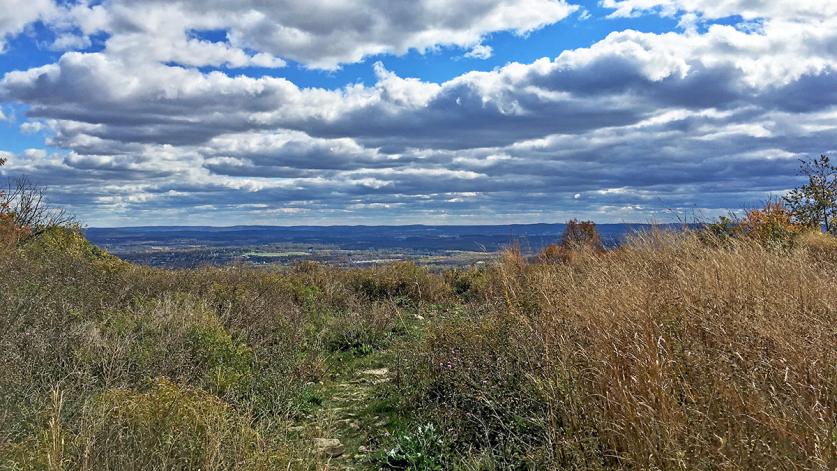
While proponents of the plan have argued that pipelines already cross the trail—on privately held land or easements—and that the affected areas will be revegetated with native plants to lessen the impact on the landscape, many conservation groups have expressed concern both that the ACP will significantly alter historic and scenic viewsheds from several key locations in Virginia, and also that the pipeline poses health hazards for those who use the trail.
Despite this ruling, Dominion Energy still lacks eight permits needed to begin the work. And in the time since the pipeline was proposed in 2014, the nation’s reliance on fossil fuels may be changing. “It’s been six years since this pipeline was proposed,” noted Dick Brooks of the Cowpasture River Preservation Association (CRPA). “We didn’t need it then and we certainly don’t need it now. Today’s decision doesn’t change the fact that Dominion chose a risky route through protected federal lands, steep mountains, and vulnerable communities.” Groups such as CRPA, the Sierra Club, the National Trust for Historic Preservation, the Alliance for the Shenandoah Valley, and the Southern Environmental Law Center have voiced their disapproval of this pipeline construction and will continue to monitor decisions and argue against the future granting of necessary permits as the cases move through the courts.
TCLF included the Appalachian Trail in its Landslide program in September 2019, noting that the path of the ACP would be visible from several key observation points along the nationally significant trail.



